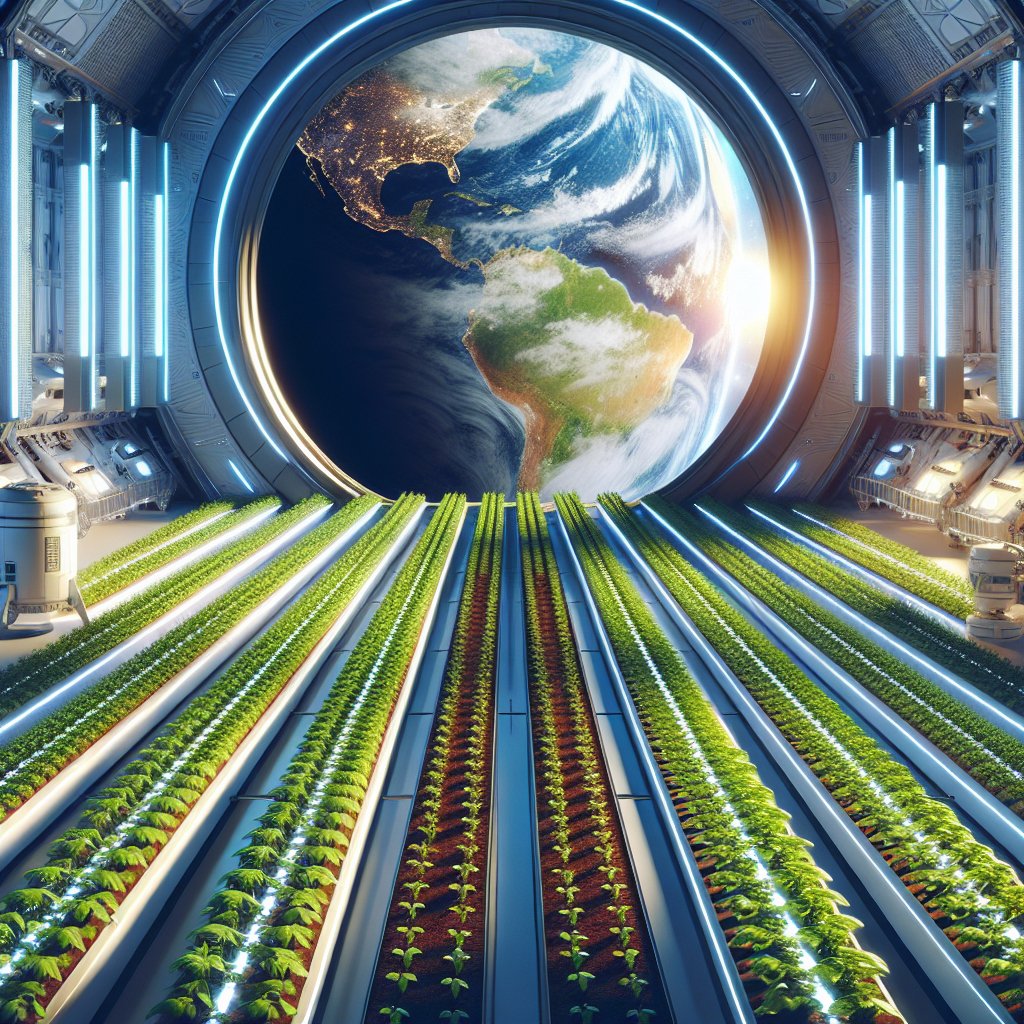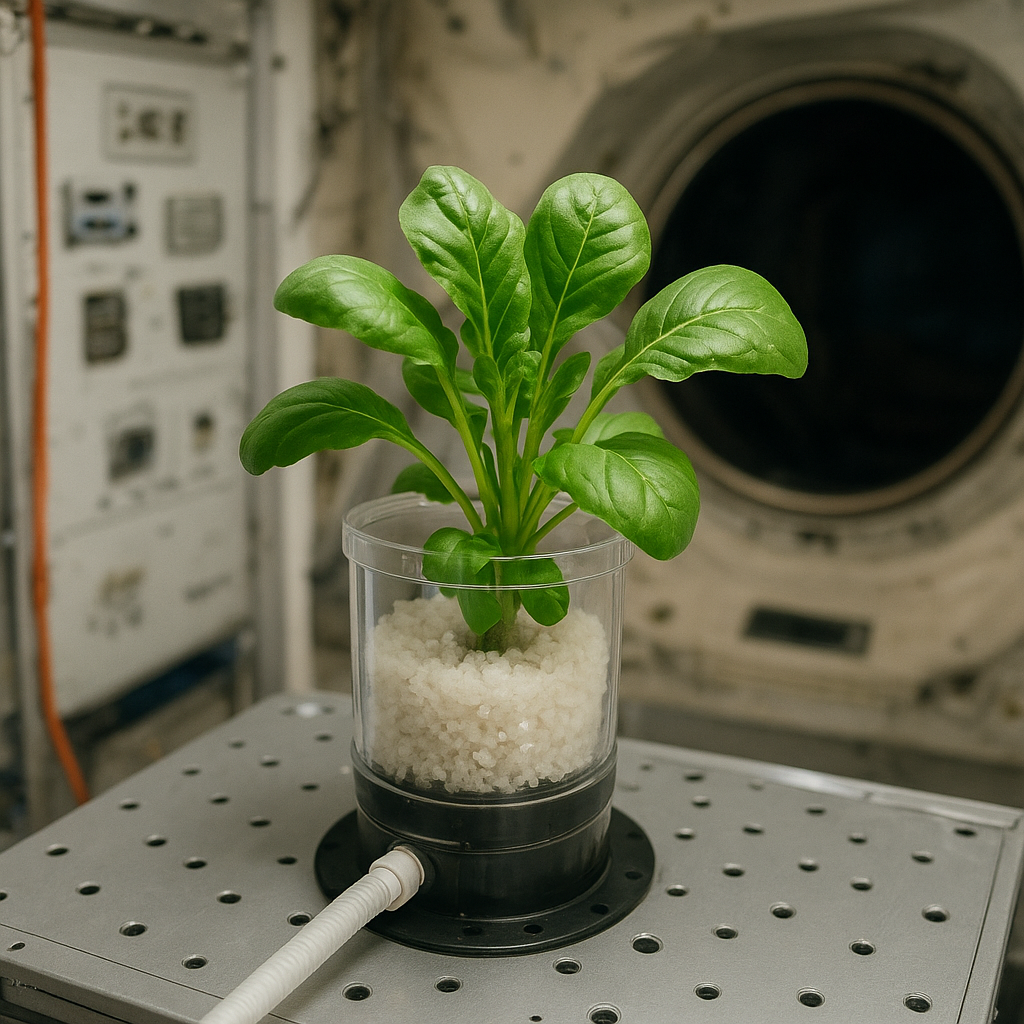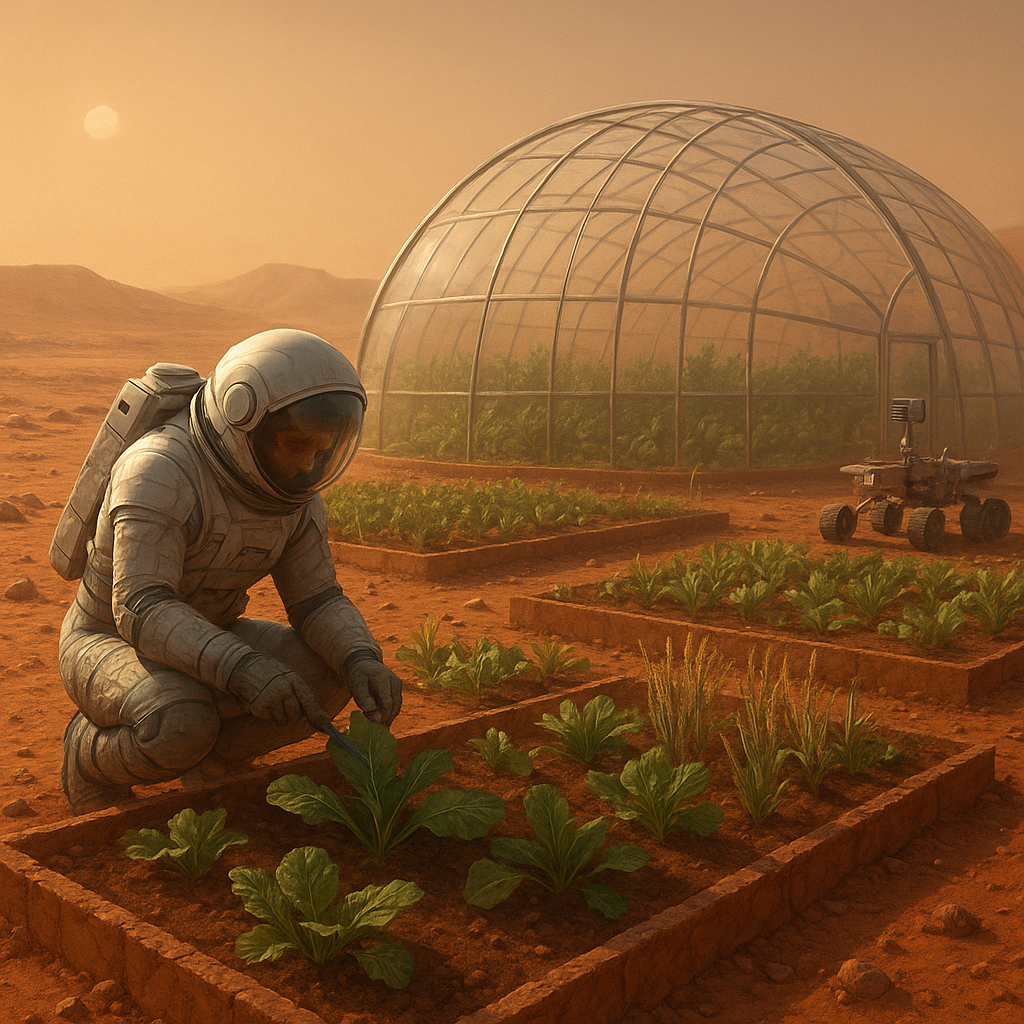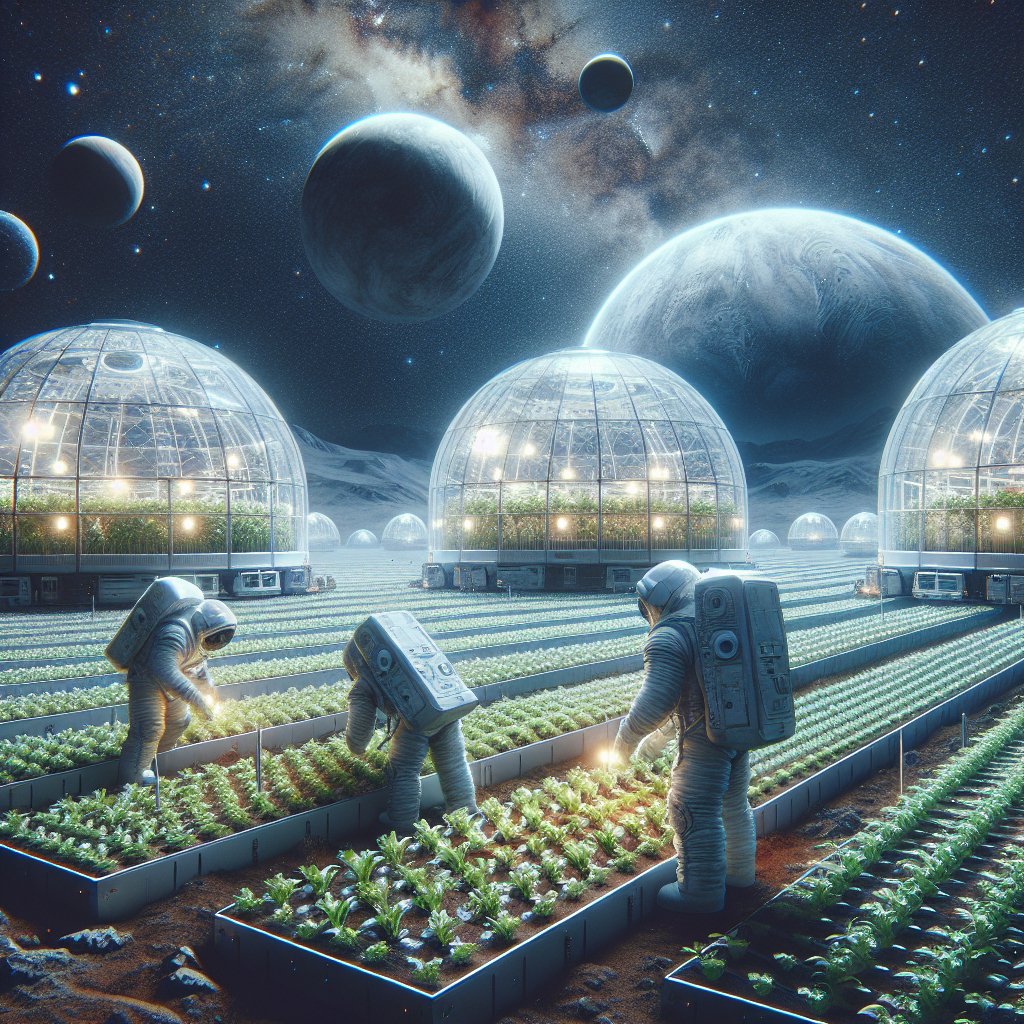The intersection of agriculture and space exploration presents a fascinating opportunity to address one of humanity’s most pressing challenges: food scarcity. As the global population continues to rise, the demand for food is increasing at an unprecedented rate. Traditional farming methods face numerous limitations, including climate change, soil degradation, and urbanization. In this context, space farming emerges as a potential solution, offering innovative techniques that could revolutionize food production both on Earth and beyond. This article explores the concept of space farming, its potential benefits, and the challenges that lie ahead in harnessing this technology to combat food scarcity.
Understanding Space Farming
Space farming refers to the cultivation of crops in extraterrestrial environments, such as on the Moon or Mars, as well as in controlled environments on Earth that mimic space conditions. The idea is not merely a futuristic fantasy; it is grounded in scientific research and experimentation. As space agencies like NASA and private companies like SpaceX plan missions to other planets, the need for sustainable food sources becomes paramount. The concept of growing food in space is essential for long-duration missions, where resupplying from Earth would be impractical.
One of the most significant experiments in space farming occurred aboard the International Space Station (ISS). Astronauts have successfully grown various crops, including lettuce, radishes, and zinnias, using hydroponic and aeroponic systems. These methods allow plants to grow without soil, using nutrient-rich water solutions or mist, which is particularly advantageous in microgravity environments. The success of these experiments demonstrates that it is possible to cultivate food in space, paving the way for future agricultural practices on other celestial bodies.
Benefits of Space Farming
Space farming offers several potential benefits that could extend beyond the confines of outer space and into the agricultural practices on Earth. Here are some of the most notable advantages:
- Resource Efficiency: Space farming techniques, such as hydroponics and vertical farming, utilize significantly less water and land compared to traditional farming. This efficiency is crucial as water scarcity becomes a growing concern in many regions of the world.
- Controlled Environments: Growing crops in controlled environments allows for the optimization of conditions such as temperature, humidity, and light. This control can lead to higher yields and reduced reliance on pesticides and herbicides.
- Year-Round Production: Space farming can enable year-round crop production, independent of seasonal changes. This capability could help stabilize food supplies and reduce the impact of climate change on agriculture.
- Innovation in Crop Varieties: The challenges of growing food in space may lead to the development of new crop varieties that are more resilient to extreme conditions, pests, and diseases. These innovations could be applied to Earth farming, enhancing food security.
- Inspiration for Future Generations: The pursuit of space farming can inspire a new generation of scientists, engineers, and farmers to explore innovative solutions to global challenges, fostering a culture of creativity and problem-solving.
Challenges and Considerations
Despite the promising potential of space farming, several challenges must be addressed before it can become a viable solution for food scarcity on Earth. These challenges include:
Technological Limitations
While significant progress has been made in space farming technologies, there are still limitations that need to be overcome. For instance, the development of efficient and sustainable systems for growing food in microgravity is an ongoing area of research. Additionally, the energy requirements for maintaining controlled environments in space can be substantial, necessitating advancements in renewable energy sources.
Economic Viability
The economic feasibility of space farming is another critical consideration. The initial investment required for research, development, and implementation of space farming technologies can be substantial. It is essential to assess whether the benefits of space farming can outweigh the costs, especially when considering the potential for large-scale adoption on Earth.
Public Perception and Acceptance
Public perception of space farming and genetically modified organisms (GMOs) can also pose challenges. Many people have concerns about the safety and ethics of consuming food grown in non-traditional environments. Addressing these concerns through education and transparent communication will be vital for the acceptance of space farming technologies.
Environmental Impact
While space farming aims to reduce the environmental impact of traditional agriculture, it is essential to consider the ecological footprint of developing and deploying these technologies. The extraction of resources for space missions and the potential for space debris must be managed responsibly to ensure that space farming does not create new environmental challenges.
Future Prospects
The future of space farming holds immense potential for addressing food scarcity on Earth. As research continues and technology advances, the possibility of growing food in space may become a reality. The lessons learned from space farming experiments can be applied to improve agricultural practices on Earth, particularly in regions facing food insecurity.
Moreover, the collaboration between space agencies, agricultural scientists, and private companies can accelerate the development of innovative solutions. Initiatives such as the Mars Society’s Mars Colony Project and NASA’s Artemis program highlight the growing interest in establishing sustainable food systems for future space missions.
Conclusion
In conclusion, space farming represents a promising avenue for addressing the challenges of food scarcity on Earth. By leveraging advanced agricultural techniques and technologies developed for extraterrestrial environments, we can create more sustainable and efficient food production systems. While challenges remain, the potential benefits of space farming are significant, offering hope for a future where food security is no longer a pressing concern. As we continue to explore the cosmos, we must also look inward and apply the knowledge gained from space farming to enhance our agricultural practices on Earth, ensuring a sustainable future for generations to come.




